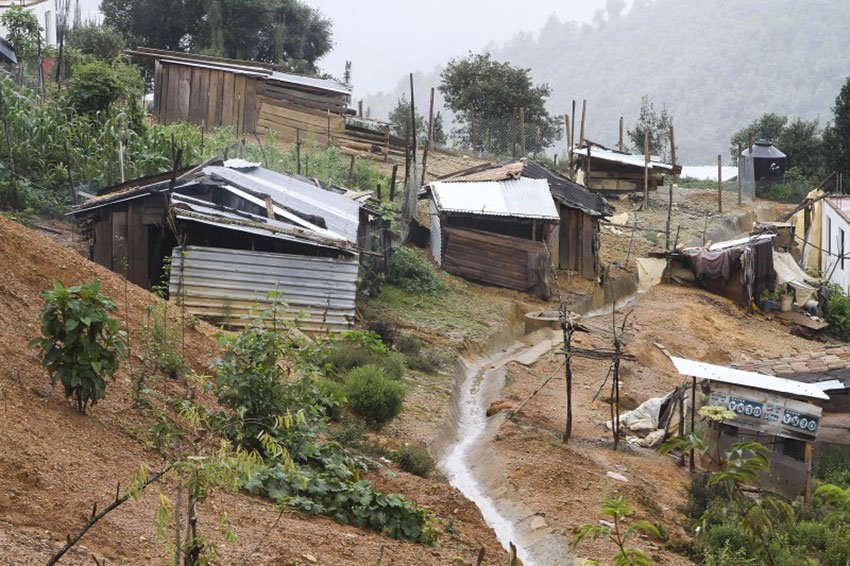Human development in some Mexican municipalities is comparable to that in European countries, a new United Nations report shows.
At the top of the list are the Mexico City boroughs of Benito Juárez and Miguel Hidalgo, where development is virtually on a par with Switzerland and the United Kingdom respectively.
Published yesterday by the Mexico office of the United Nations Development Program (UNDP), the report reveals that the first of the two boroughs achieved a score of 0.944 on the UN Human Development Index (HDI), placing it just above Switzerland’s 0.942.
Miguel Hidalgo, home to the capital’s affluent Polanco district, has an HDI score of 0.917, which is only fractionally below the UK’s 0.918.
The HDI is a summary measure of average achievement in key dimensions of human development including life expectancy, education and per-capita income. The closer the score is to one, the higher the level of development.

The Mexico data contained in the report comes from national statistics agency Inegi.
San Pedro Garza García, a municipality in the metropolitan area of the Nuevo León capital Monterrey, achieved an HDI score of 0.901, placing it on a par with France.
The Mexico City boroughs of Coyoacán and Cuauhtémoc came next, with HDI scores comparable to those in Italy and Malta respectively.
Rounding out the top 10 municipalities in the country were San Sebastián Tutla, Oaxaca — comparable to Cyprus; Corregidora, Querétaro — Poland; Iztacalco, Mexico City — Andorra; San Nicolás de los Garza, Nuevo León —Andorra; and Azcapotzalco, Mexico City — Saudi Arabia.
At the other end of the scale, Cochoapa el Grande, a municipality in the Montaña region of Guerrero, has an HDI score of just 0.420, placing it on a par with Burundi.
The landlocked central African country ranks 185th out of 189 countries on the United Nations HDI, ahead of only Chad, South Sudan, Central African Republic and Niger.
According to a 2017 report by the social development agency Coneval, nearly 90% of residents in Cochoapa el Grande live in extreme poverty.
The next most disadvantaged municipality in Mexico is San Martín Peras, Oaxaca, where the HDI of 0.425 is just above Burkina Faso’s 0.423.
The municipalities with the next lowest HDI scores are: Batopilas, Chihuahua — comparable to Liberia; Santos Reyes Yucuná, Oaxaca — Mozambique; Coicoyán de las Flores, Oaxaca — Eritrea; San Simón Zahuatlán, Oaxaca — Yemen; Mezquitic, Jalisco — Gambia; Mitontic, Chiapas — Ethiopia; Chalchihuitán, Chiapas — Ethiopia; and Mixtla de Altamirano, Veracruz — Djibouti.
The UNDP said that to decrease inequality across Mexico authorities need to increase funding for municipal projects and improve transparency in the distribution of those resources.
Improvements in terms of human development in municipalities located in states such as Oaxaca, Chiapas and Guerrero have been slow because public resources are limited and not used efficiently, the UNDP added.
As a nation, Mexico ranks 74th on the UN HDI, one spot below Cuba and one above Grenada.
With an HDI score of 0.774, a life expectancy of 77.3 years, 13.1 expected years of school and an average per-capita income of US $16,944, Mexico ranks as a country with high human development.
Norway, Switzerland and Australia are the top three and are ranked very high, according to the most recent United Nations global report.
Source: El Financiero (sp)
